28 Dec Youth Teaching Youth
With the Tribal PREP program, peer educators get kids talking about the difficult topics

As soon as Peri Sanders saw the eggplant costume from Spirit Halloween, she knew it was the perfect tool to help teach teens about penile and vaginal organs.
“Sex is hard to talk about, so walking into the room wearing something like an inflatable eggplant costume helps loosen things up,” said Peri, the youth outreach coordinator and lead facilitator for CITC’s Tribal Personal Responsibility Education Program (Tribal PREP), a healthy relationship and sex health education program.
When Tribal PREP starts offering classes in January 2023, though, Peri won’t be the one wearing the eggplant costume. Though Tribal PREP is a nation-wide program, CITC is the only iteration of the program that uses peer educators to deliver its curriculum.
Peer education and support is used across many CITC programs, allowing individuals with lived experience and special training to teach others. Tribal PREP’s peer educators teach youth people about difficult topics, like sexually transmitted diseases and infections, consent, conflict resolution, and the role of technology in relationships.
“The peer educators really carry this program,” Peri said.

Making the Hard Conversations Easier
“What kid wants to talk to their parents about sex?” asked Tribal PREP Peer Educator Adison Hawk.
While Tribal PREP’s curriculum isn’t a substitute for parents having frank conversations with their teens about difficult subjects, it aims to make talking about sex, relationships, and other tough topics easier.
One way to do that is to make participants in the classes laugh—for instance, by wearing a taco costume to an icebreaker activity about slang for penile and vaginal organs. The icebreaker transitions to a lesson on vocabulary and identification of body parts. Thanks to a little silliness, a conversation that is typically awkward to have is made easier.
But the real key to making these lessons work, said Peri, is the peer educators, who aren’t much older than the students.
“It’s so much easier to talk to somebody who looks and feels like they’re similar to your age, instead of some adult,” she explained. “Sometimes adults try really hard to be more youthful. I’m not a young adult, so what do I know about being cool? Our peer educators can relate to the students. They know how kids talk about these subjects.”
Adison and Denise Kalmakoff follow in the footsteps of a previous team of peer educators who brought a keen eye for sensitive language to the first iteration of the program. Tun’aqi Møller Blanchett and Daanis Teeple also worked to make the curriculum more relevant and culturally inclusive.
“Every one of them brought a different dynamic to the lessons,” Peri said. “I can’t imagine what this program would be without them.”

Revising the Discussion
Over several years, Peri has worked closely with the peer educators to make the curriculum easier to use. She has updated the language in each lesson to ensure that it is current and appropriate, particularly when it comes to sexual orientation and gender identity.
The team thinks about language a lot because it’s an aspect of the topic that changes frequently. They work to stay current on appropriate and respectful terminology because while they youth they teach may need guidance about healthy relationships or staying safe online, they are oftentimes highly knowledgeable about acceptable language.
Adjusting and personalizing curriculum also helps the peer educators become comfortable with the subject they’re teaching.
“The topic is a hard one to talk about, even for us,” Adison shared. “I don’t want to be uncomfortable. Putting the curriculum in my own words, making it less serious and more approachable—that makes the topic easier, not just for me, but for the kids we’re talking to.”
Culturally Relevant Curricula
Tribal PREP also strives to make the information it’s delivering culturally relevant to its main audience: Alaska Native and Native American youth.
Some curriculum activities incorporate Alaska Native traditions, language, and objects. In one ice breaker, students toss a sealskin ball to generate conversation; in another, they use a diagram of an Iñupiat whaling canoe (or umiak) to play a guessing game.
In the first iteration of the Tribal PREP grant, the peer educators were also inspired by students at the Alaska Military Youth Academy to include an Alaska Native word of the day in their lessons. Indigenous youth at the facility requested Native language learning, so Tun’aqi and Daanis took the idea and ran with it, finding words that relate to the lessons from different Indigenous language groups across the state. This addition eventually also led to an Indigenous language welcome and farewell in each lesson.
“It’s complicated to adapt whole activities,” Peri admitted. Searching for ways to make the curriculum culturally relevant led her to pursue a master’s degree in Indigenous Studies at the University of Alaska Fairbanks. “I was trying to find tools in an area where there just hasn’t been much done.” Her future plans include building a resource center of information on sexual health and healthy relationships for the program.
“The resource center is illustrative of where we want to go,” she added. “The peer educators have done so much work and taken the curriculum such a long way. The new curriculum is the product of a tremendous team effort that benefited from contributors both past and present.”
For more information about CITC’s youth education programs, visit citci.org/youth-services/education.



